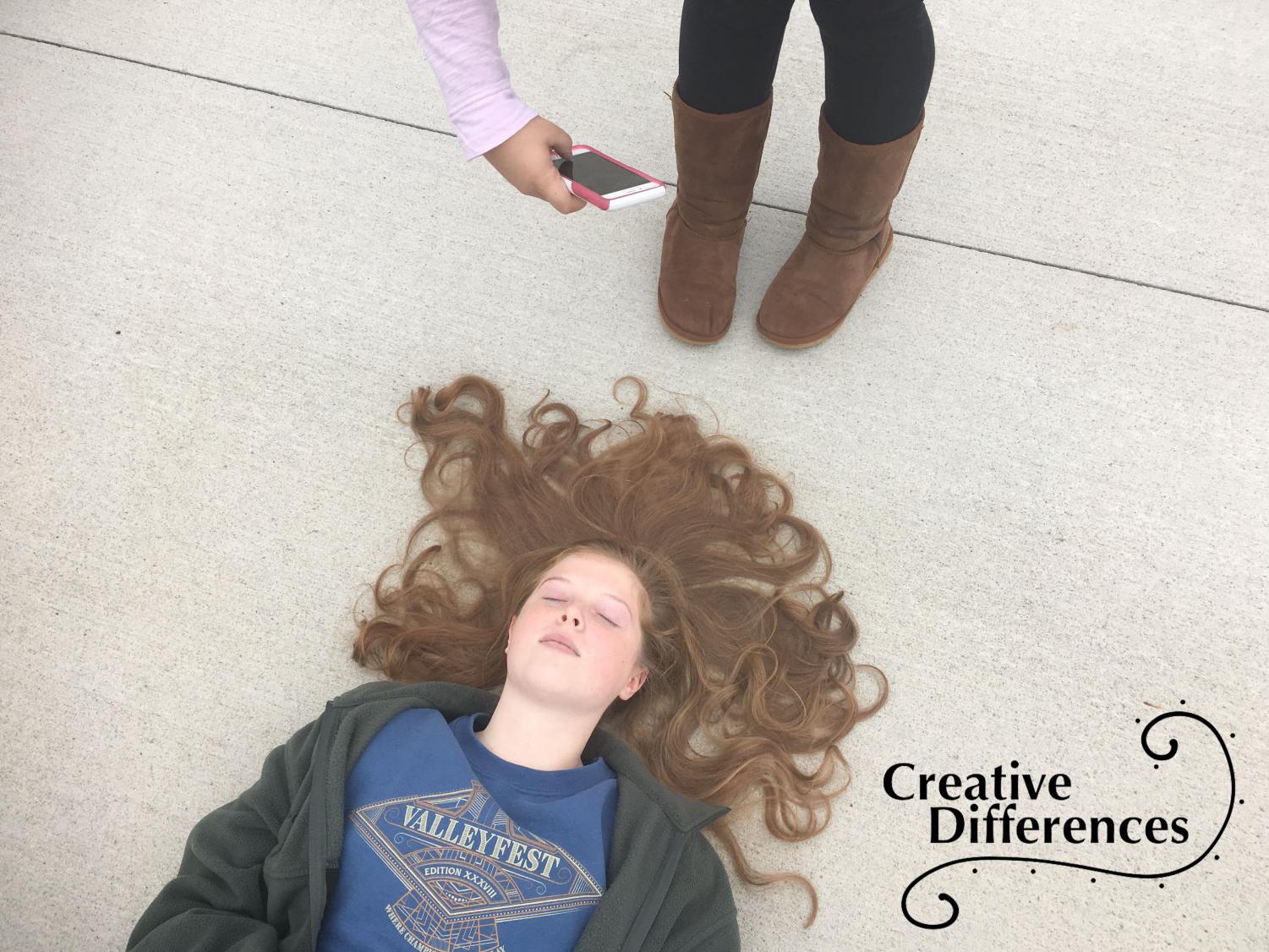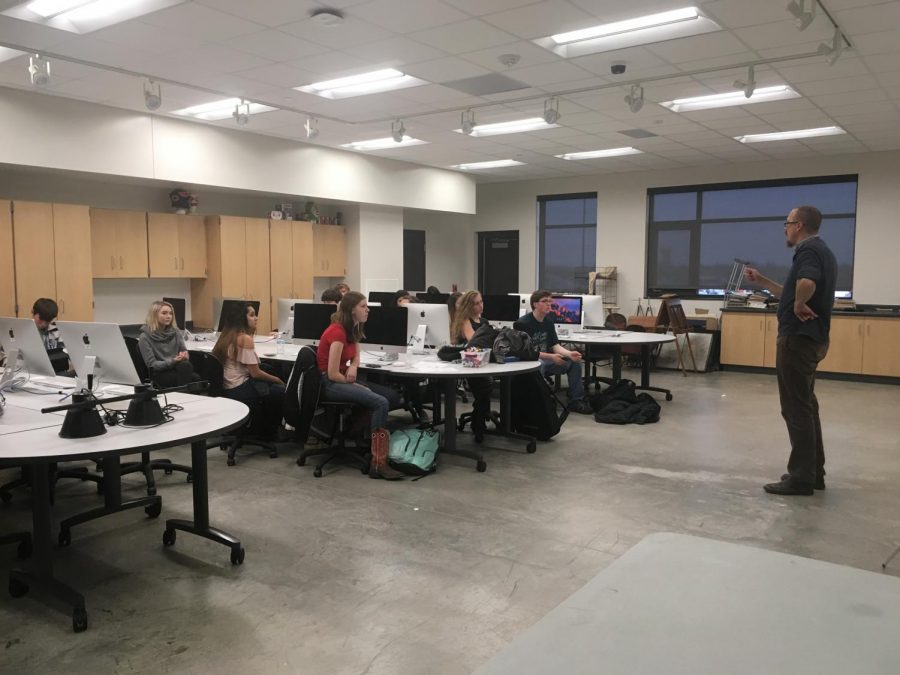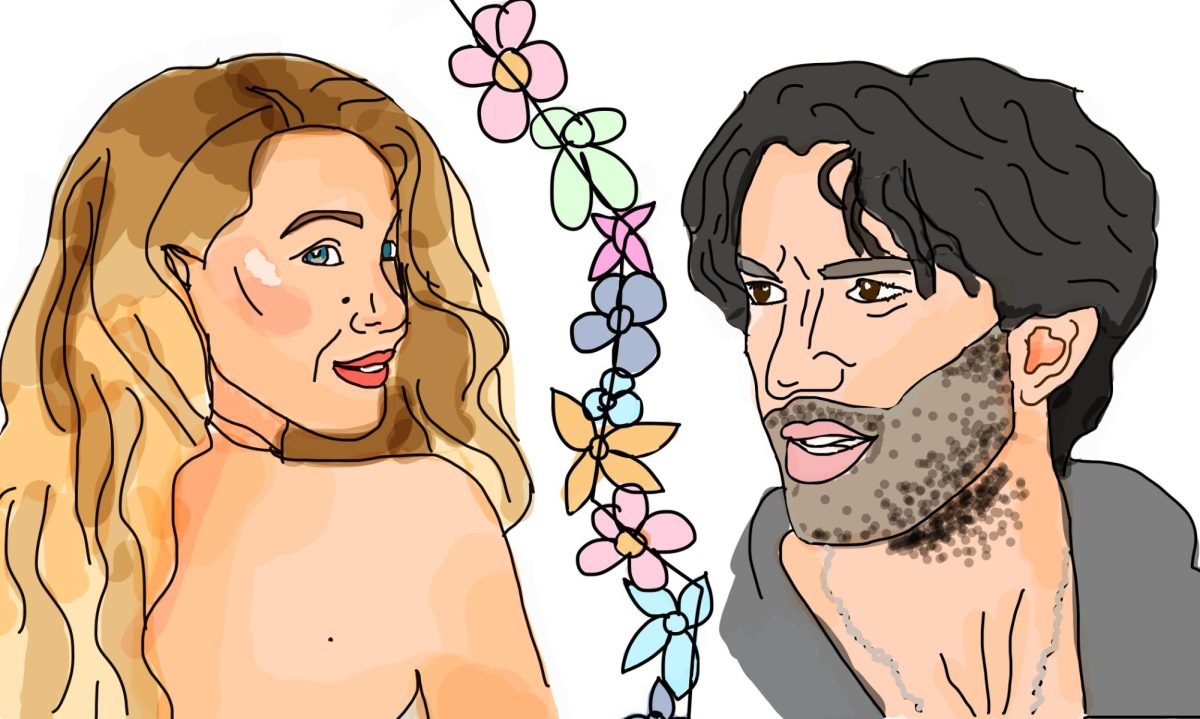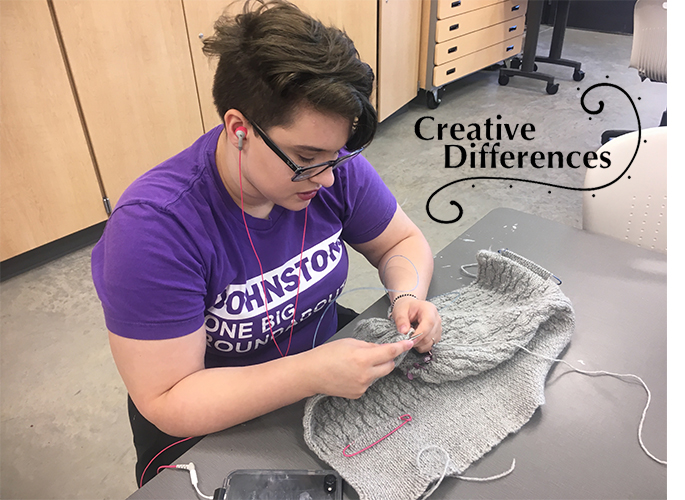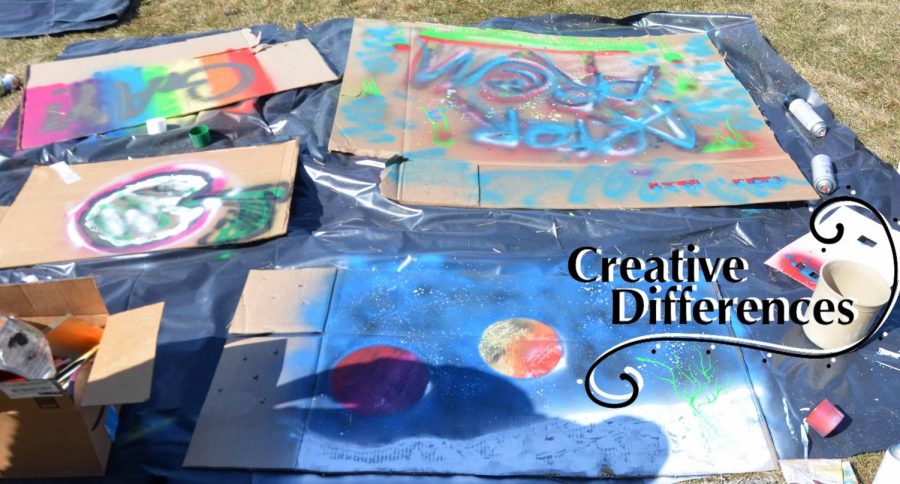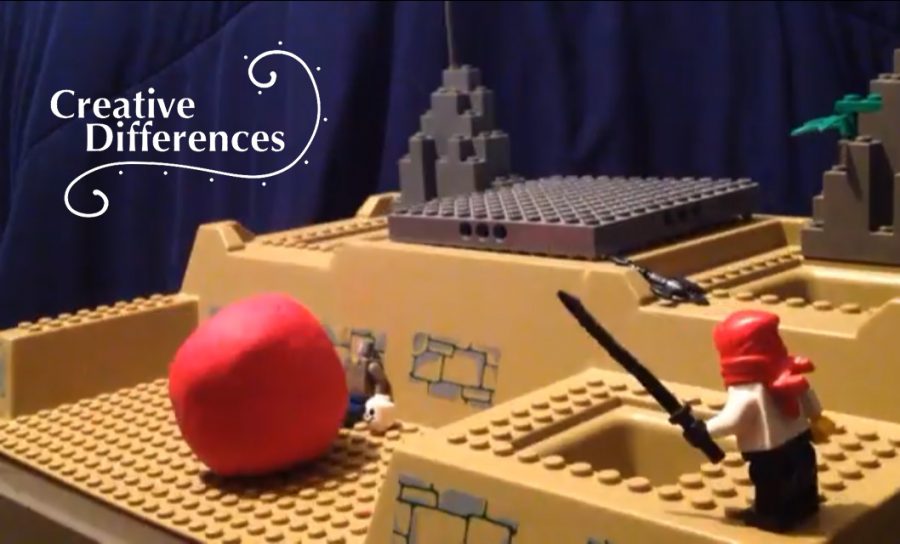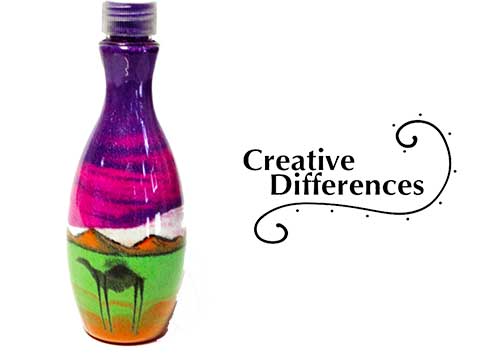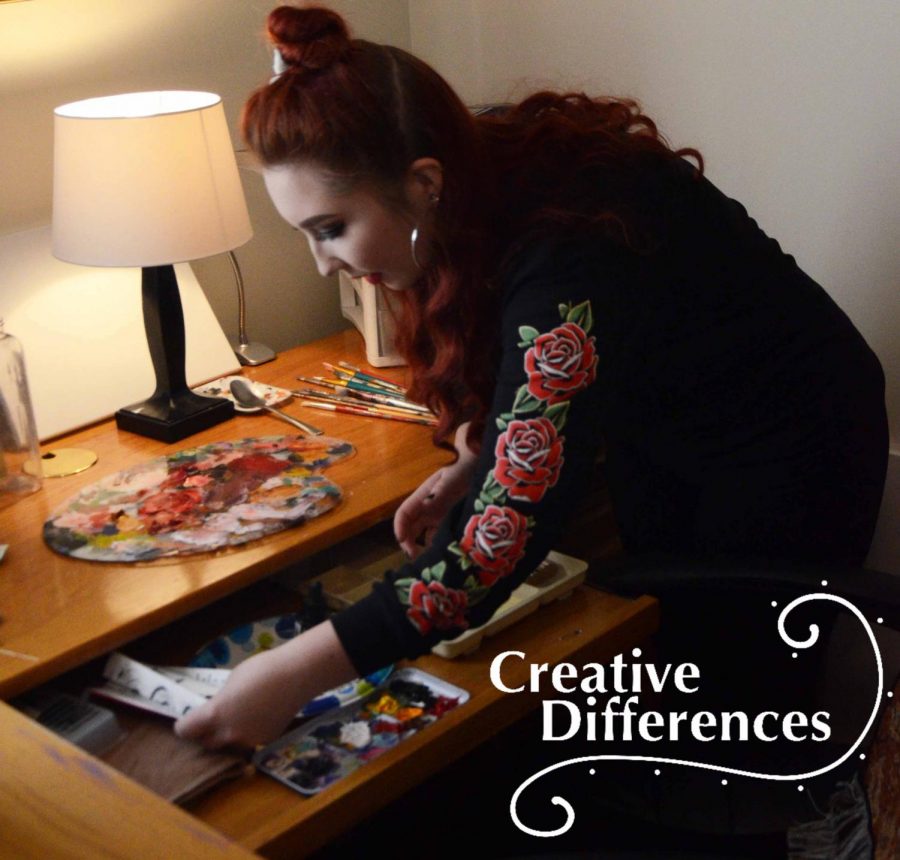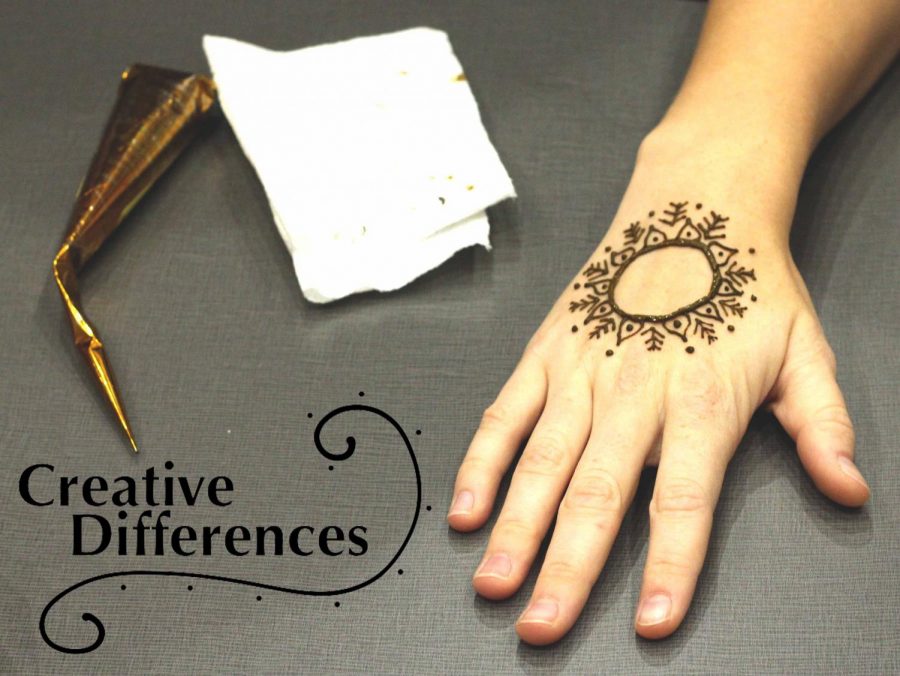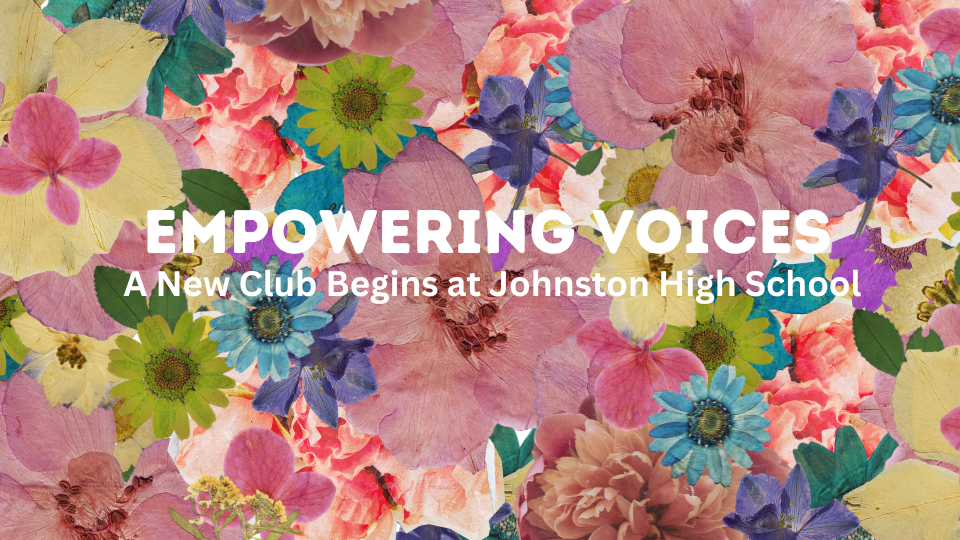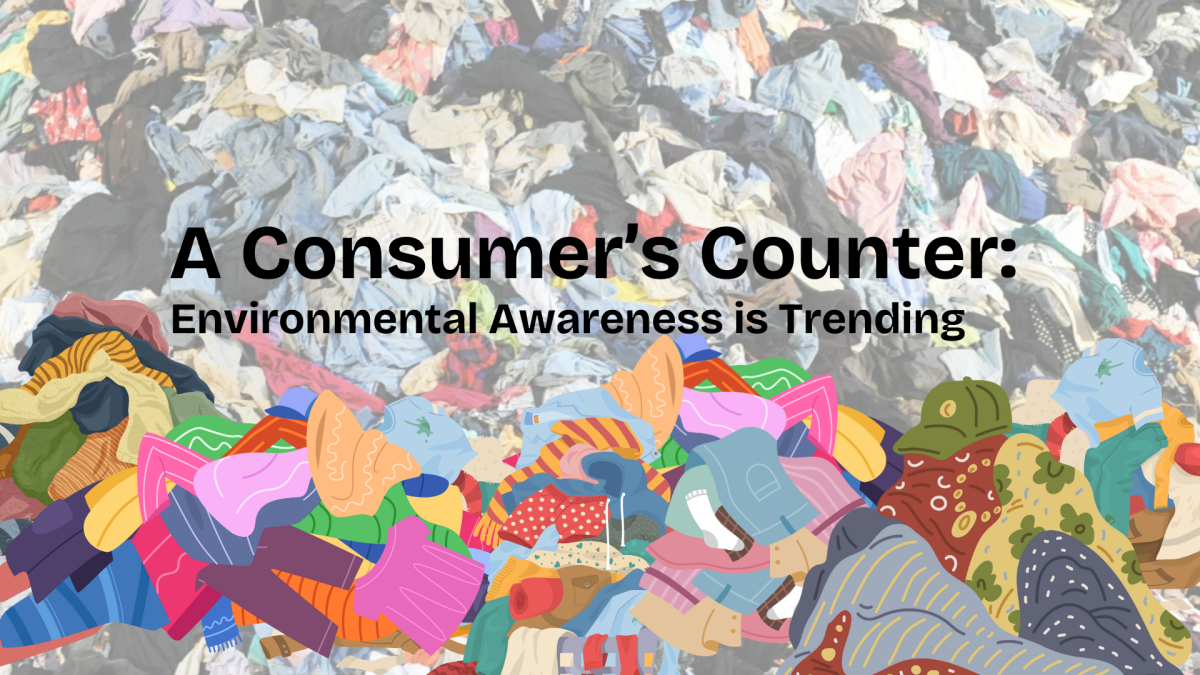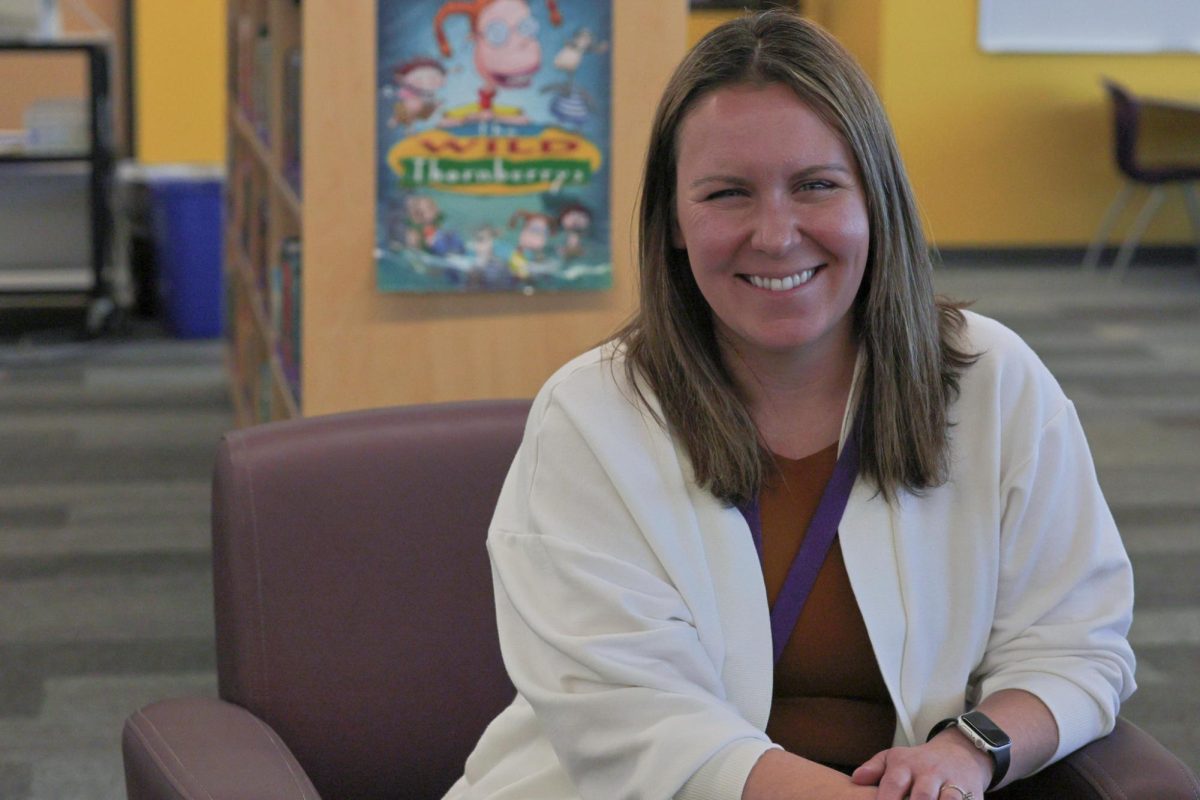Starting this year, the introductory courses for photography made some adaptations to shift into two courses. This change has been in the works for quite some time. “We had several meetings to come up with what would be the best way to design a photo curriculum. I feel like darkroom is equally as important as digital as far as at least pushing students how light works and what the processes are,” Phillips said.
Art teachers Katie Black and Emily Phillips wanted to make the courses more specific for student that only wanted one or the other. “It’s difficult to really understand both film and digital in just one semester, we were really limited on time,” Black said. “We really wanted students to just focus on one per semester to really understand the concepts they need.” Phillips said.
To make this transfer easier, Black adapted the curriculum for Photo 1 last year to align more with what Darkroom Photo would be like this year, and focused on digital photography in Photo 2. “Last year was my first year teaching Photo 1, and I wasn’t quite as sure as what I was doing. I didn’t quite know what worked and what didn’t work, and so this year with Darkroom since it was so similar to Photo 1’s structure, I am able to better understand what to assign, and the time constraints as well,” Black said, “The curriculum itself is similar, but we’re able to go deeper and we’re able to incorporate more units, activities, and projects this semester.”
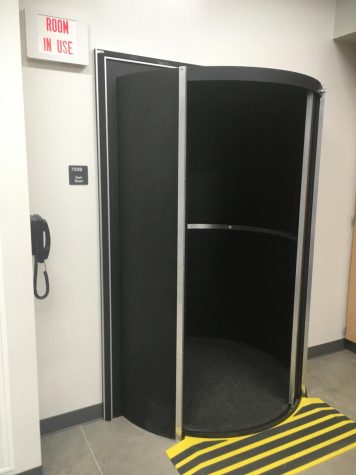
Students start out by making pinhole cameras and photograms, its goal being to learn the basic science behind how a camera and film works. This year, with their first roll of film, they were able to go step by step into developing it in groups of 3, and then as individuals. “Students are just learning how the settings of their camera work, and how to adjust them accordingly so they help each other through that process,” Black said, “The blocked scheduling has helped a lot, since students now get up to an hour and a half in the darkroom, so they can get their roll of film developed, their contact sheet completed and their test strip made all in one class.”
They have also focused on depth of field in a unit, are currently studying motion in film, and will be moving on to portraiture and darkroom experimentation. “We really didn’t touch on experimentation last year, which was disappointing but the other projects just took up too much time,” Black said. “The final is really up to the students, if they even want to use the pinholes or the photograms to show double-imaging they can.”
Jailyn Alderman ’19 took Photo 1 last year and is currently in Digital Photography. “The class really flexible in what we do, but we do have to dedicate time outside of class if we want to get those good shots,” Alderman said, “It feels a lot more practical than working in a darkroom, although developing film is really rewarding when it turns out, I won’t always have access to a studio.”
Digital Photo typically has a new project every two weeks, and so far they’ve covered portraits, everyday objects, and landscape. With all the new classroom tech, students are finally able to get the full experience of working with Photoshop and a photo printer. “The only thing (Digital Photography) is struggling with now, is that the students have to bring their own cameras or use their phones this semester, but we’ve received a grant for 18 DSLR cameras so those are hopefully coming soon.” Black said.
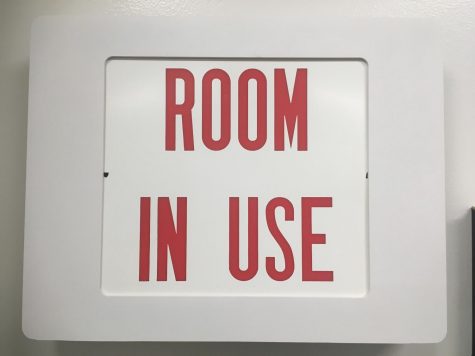
Shown here is the dark room sign that lights up when in use, to tell others to be careful when entering to not let any light in.
The Course Selection Handbook describes the two courses in the following passages:
Darkroom Photography is an entry-level course that presents a study of art through black and white film photography. Functions of art, the nature of individual expression, the history of photography and art criticism are explored throughout this course. In addition, students will learn and practice fundamental 35mm camera functions, darkroom techniques, and basic digital applications for film photography.
Digital Photography is and entry-level course that presents a study of art through digital photography and the basics of Photoshop. Functions of art, the nature of individual expression, the history of photography and art criticism are explored throughout this course. In addition, students will learn and practice fundamental digital SLR camera functions and digital imaging programs.
The following are the description of Photo 1 and Photo 2 from 2016-17 year:
Photo Art 1 is an entry-level course that presents a study of art through both black and white photography and basic digital applications. Functions of art, the nature of individual expression, the history of photography and art criticism are explored throughout this course. In addition, students will learn and practice fundamental 35mm camera functions, darkroom techniques and digital imaging programs. Students are required to supply their own film and photo paper. It is highly recommended that students supply their own 35mm and digital cameras for completion of this course.
Photo 2 is designed to build upon the basic photography and digital applications of its prerequisite course. Further exploration and refinement of camera, darkroom techniques and digital programs culminate in the forming of an individual portfolio which resolves the 18-week study. Students must supply paper and film for completion of the course units. It is highly recommended that each student supply his/her own cameras for assigned work.
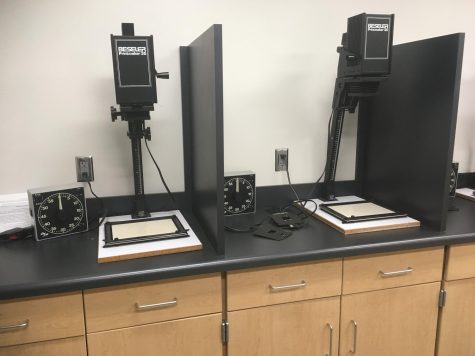
“Many students were confused coming into the class last year, not really knowing what to expect. I’m glad the separation has brought some clarity.” Black said. “When we introduced this idea to Mr. Woods, he didn’t believe that people would sign up for Darkroom Photo. More people ended up signing up for Darkroom than Digital.” Phillips said.
“It’s a trend right now, people are coming back to it. A lot of people abandoned their darkrooms when shiny, new digital cameras were introduced. What that has done is turned film into an art form, instead of using it for things like documentation or other practical things,” Black said, “You have to learn it from the ground up, but its completely worth it. You need all that basic knowledge, even for digital photography.”‘
“Darkroom forces you to slow down; when you’re using film, every frame is precious. You really have to think about composition and light, so you don’t waste a roll of film. If you’re (using) digital, you can just click, click, click and delete. It makes you a better photographer if you have background knowledge in film. It takes you from just being a photographer into an artist” Phillips said.

